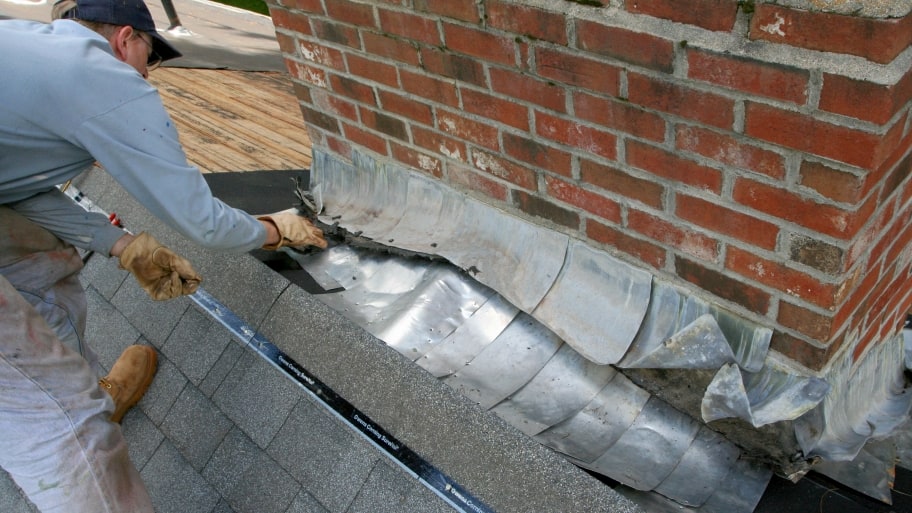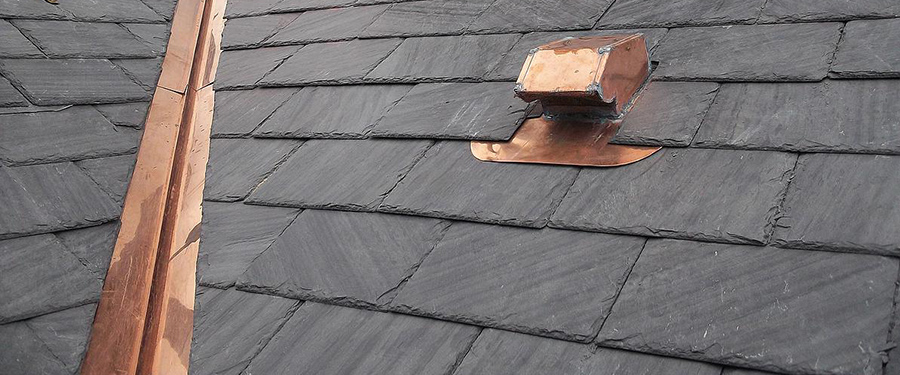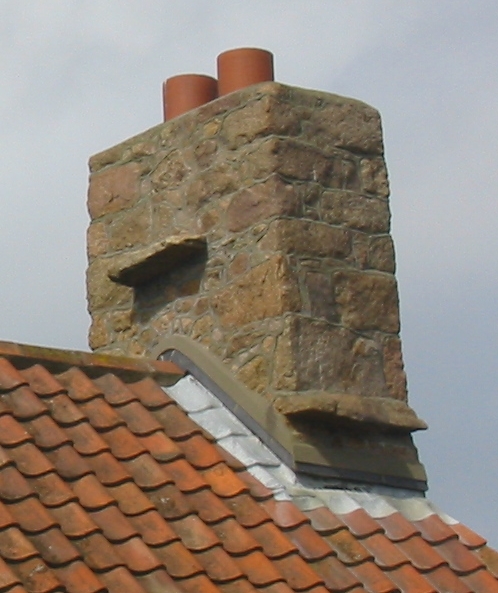Table of ContentsRoof Flashing Done RightWhat Is Roof Flashing And Why Is It Important? - A Roofer ExplainsRoofing: How To Install Step Flashing (Diy)
Keep in mind, https://www.dcroofingarizona.com/tucson/top-things-to-do-in-tucson-az/ your flashing ought to outlive the roofing system it was originally set up on and won't always need to be changed during a roofing replacement. If flashing is one roofing material that may require to be replaced throughout a roofing replacement, what other roof products require to be changed? Fortunately for you, we've got you covered. Our workmanship guarantees you get a new roofing that lasts for decades. So, what roofing system materials are changed when you get a new roof? Read our article on the 9 Products Included in Your Roof Replacement to find out whatever that includes a full replacement. by Kenton Shepard and Nick Gromicko, CMIThe function of the.
series.
https://www.google.com/maps/embed/v1/directions?key=AIzaSyAT8ig6vIZpArpz5aokN-7eevoH-Unfy0Y&origin=32.1433135,-110.9163409&destination= AZ 85755&mode=driving
" Learning Roofing Inspections" is to teach home inspectors, as well as insurance and roof specialists, how to recognize proper and improper conditions while inspecting steep-slope, residential roofings. This series covers roofing framing, roofing products, the attic, and the conditions that impact the roof products and.
parts, consisting of wind and hail. They're called headwalls and sidewalls. A headwall is a level junction where a roofing system fulfills a wall. This illustration shows proper flashing at a headwall condition. Headwall flashing ought to extend up behind the exterior.
Roof Flashing – Weatherproofing Material To Protect Roof Joints
wall covering and down over the roof-covering material, as you see here. This holds true no matter what kind of roof-covering product is set up. Do not mistake this condition for headwall flashing routed beneath the shingles and call it a flaw. No minimum headwall flashing measurements are offered that apply to every maker and jurisdiction, so you're only interested in seeing that headwall flashing is installed in a manner that will keep the water out. Headwall flashing generally comes bent to 120 and can be fairly quickly flattened for roofing systems with shallower pitches. Occasionally, you'll see a roof which has had actually 90-sidewall flashing installed as headwall flashing. These do not flex well to accommodate roofing systems with steeper pitches, and you'll often see spaces beneath the flashing. A sidewall is a junction in between a wall.
 What Is Roof Flashing For And How Can It Help Protect Your
What Is Roof Flashing For And How Can It Help Protect Your
and a sloped portion of a roofing. Other than where walls are brick, the vertical part of the sidewall flashing should extend up behind the outside wall covering, similar to with headwalls. The horizontal part of the flashing will differ, depending on the kind of roof-covering materialSidewalls on roofings covered with asphalt shingles, wood shingles, shakes and slate.
must be flashed using action flashing, like you see here. All shingle producers require action flashing at sidewalls for both asphalt, wood and slate. If you see continuous, one-piece flashing like this utilized as sidewall flashing with shakes, shingles or slate, it's a faulty setup, no matter how often you see it.
 Answering The Why And How Of Roof Flashing Repair
Answering The Why And How Of Roof Flashing Repair
Here's an example of an asphalt shingle roofing with constant flashing installed. Instead of installing the action flashing in between shingles, the flashing rests on top of the shingles. It's not uncommon to see sealant set up when sidewall flashing is missing out on. Sealant will eventually dry, shrink and crack. You'll see sealant alternatived to flashing in a lot of various areas on roofs. When you see it, you ought to suggest replacement with appropriate flashing, or annual inspection and re-application of a suitable sealant, as essential. You can most likely raise the butt of the most affordable tile enough to see. Pan flashing is constant flashing that has a lip on the flange which extends underneath the tile so that the horizontal part of the flashing serves as a water channel. Action flashing size requirements vary according to producer. You'll often see outside wall coverings installed right down on top of the shingles. Without a space, the outside wall covering can wick up moisture from the roofing system. This can cause decay, delamination, peeling paint, and other issues. This condition is especially typical on roofing systems with several layers of shingles.
Roof Flashing Details
You can see it in this photo if you take a look at the base of the sidewall simply to the left of the downspout termination. Taking a look at this exact same area, you'll see that several tiles are interrupted. Unless the pan flashing is fairly large, this might permit sufficient wetness entry to trigger a leak, and it ought to be mentioned in your examination report.
You 'd desire to examine this location carefully to examine the possibilities for moisture getting past the tile. At the inside corner, the headwall flashing that extends out over the tile was not installed high enough. If you don't see a space, you will not be advising correction, but you should discuss in your inspection report that the outside wall covering has inadequate clearance from roof-covering materials.
 Is Your Roof Leak-proof? Understanding How Roof Flashing
Is Your Roof Leak-proof? Understanding How Roof Flashing
Roofing system flashing provides additional protection for roof areas that are susceptible to water seepage. The function of flashing is to direct the flow of water that leakages into intersections down and far from the interior of the structure to the topside of the roof product. Most flashing is made of galvanized metal or aluminum and should be set up around the chimneys, skylights, soil and vent stacks, HEATING AND COOLING units, roof valleys and also where roof decks and walls intersect and where water is prone to gather.
DC Roofing of Arizona
Tucson, AZ
(520) 979-9095
https://www.dcroofingarizona.com/
https://www.google.com/maps?cid=13615084232433183222
Each of these systems should be installed properly for the system to work as developed. Appropriate installation is a lot more vital when it comes to flashing. In every type of roof, the top edge of the flashing passes below the underlayment, the upper pieces of flashing pass over the lower pieces, and the lower edge of the flashing always passes over the top of the roofing material.